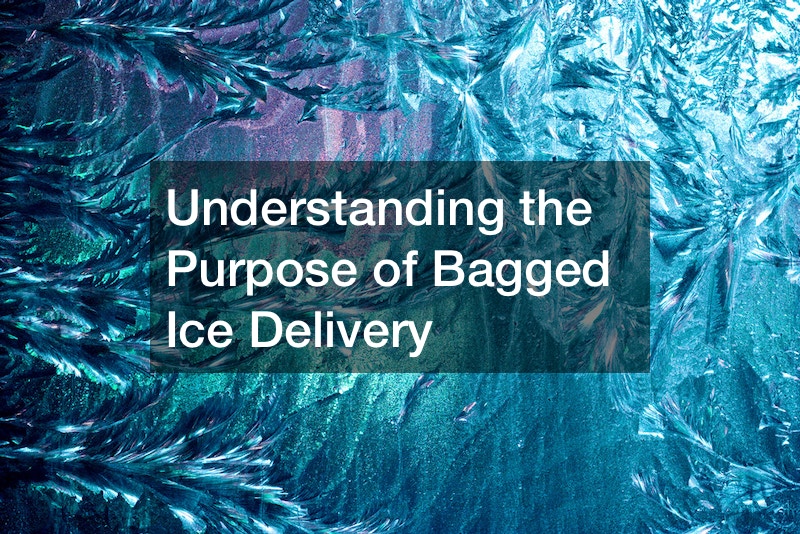
Chemical reactions often lead to two states of solutions, either acidic or basic. However, a neutralizing fluid works to ensure such solutions are brought to a neutral state, as shown in the attached video. As a result, the interplay between these states of solutions is nothing but fascinating.
There’s what we call a chemical reaction, and it only occurs when an acidic or basic solution meets a neutralizing fluid. Take, for instance, when an acidic solution is mixed with a base, a neutralization process will take place, leading to the formation of water and salt.
The same is true when a base meets an acidic solution. In simpler words, these reactions aren’t some magic portions; instead, they follow the basic principle of acid-base chemistry.
Additionally, the rate at which neutralization takes place is mostly affected by factors like the nature of the reacting agents, temperature, and concentration of the fluids. At higher temperatures, reactions seem to take place spontaneously as compared to lower temperatures. As such, it is appropriate if you understand these reactions.
Lastly, chemical reactions go a long way to showcase the beauty and complexity they bear. As such, you get to learn of the various principles. For instance, what happens when an acid reacts with a base? Or, what role does a neutralizing fluid have in a chemical reaction?
Nonetheless, you can still do a lot of exploration of how these solutions react. But remember to be careful as some of these chemicals are highly reactive and the gases they produce are hazardous to your health.
.




